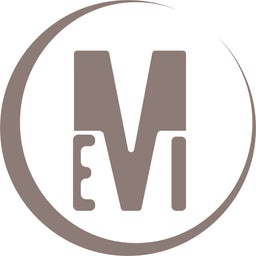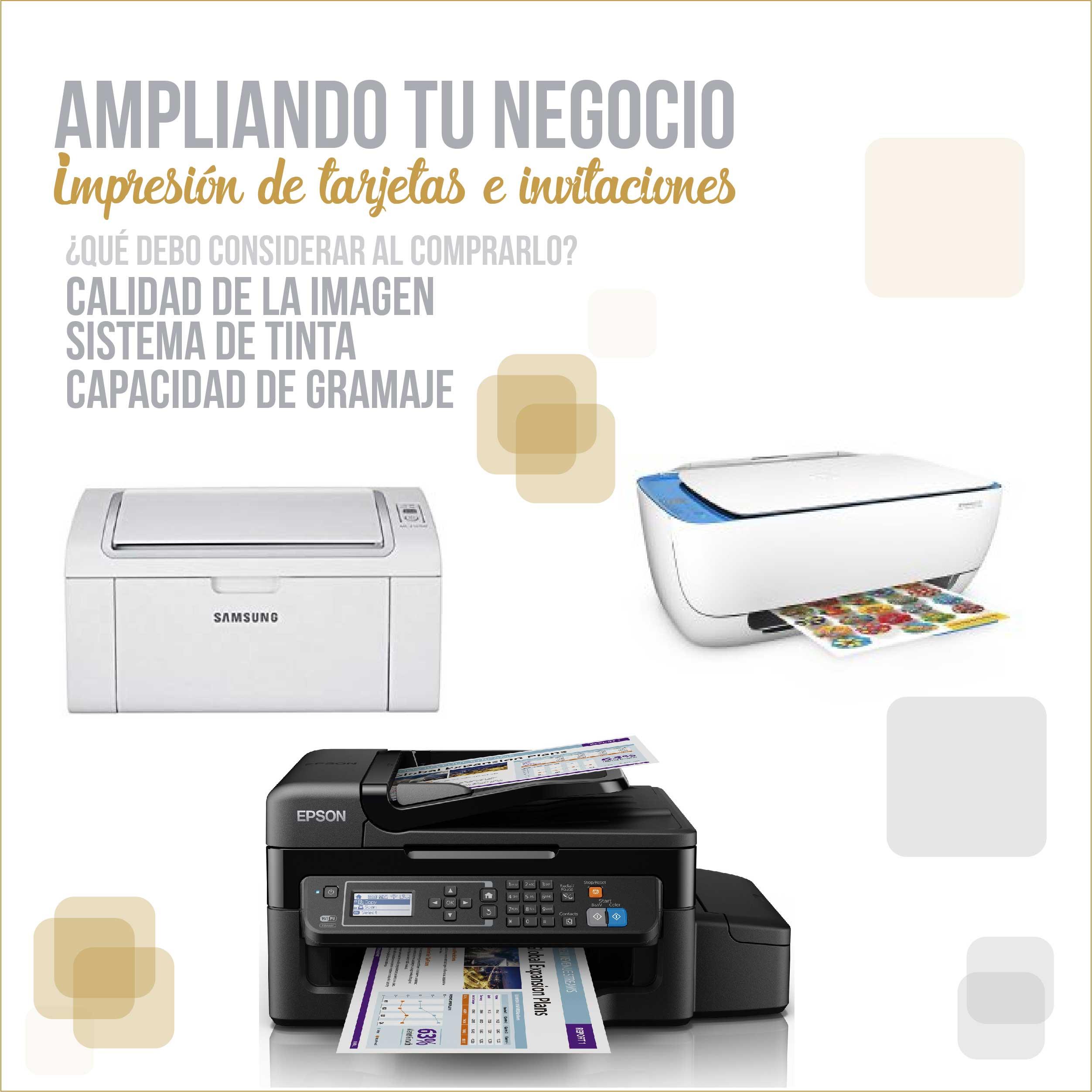El tema de esta semana, se eligió por un miembro de las comunidad, en donde nos preguntó cuales serían los modelos más ideales para la impresion de tarjetas e invitaciones, nos referimos a las impresoras. Intentaremos ser los más claros posible sobre cuales ventajas y desventajas presentan cada modelo y cuales se pueden adaptar mejor a tus necesidades.
- ¿Qué debemos tomar en cuenta al momento de elegir una impresora?
Cada impresora debe cumplir con tus necesidades, porque una persona que imprime fotografía busca unas características que una persona con una pequeña oficina no necesita tanta calidad, sino velocidad. Pero en nuestro caso, ¿Qué buscamos:
- Calidad en la imagen: con estos nos referimos a la DPI, puntos por pulgada, esto se refiere a la nítidez de la imagen. En la actualidad, las impresoras tienen gran resolución, y la mayoría tienen resolución 1200 dpi o más.
- Gramaje: este se refiere al peso del papel por m2, no necesariamente hablamos del grosor, pero según este valor tu impresora, tendrá mayor o menor capacidad de la impresora para utilizar distintos formatos.
- Sistema de tinta: este es el proceso de la impresora y es bastante importante porque esto influye en como se comporta la tinta sobre el papel y el costo de los gastables a utilizar.
Ahora detallemos mejor la parte del gramaje y el sistema de tinta. El gramaje es el peso del papel por m2, esto quiere decir el comportamiento del papel, mientras alto es el gramaje diferentes procesos puede requerir el papel, para detallar más te invitamos a que pases por nuestro post anterior sobre el gramaje del papel: https://emigrouprd.com/blogs/desarrollo-de-tu-negocio/tipos-de-papeles-para-tus-invitaciones.
Continuamos con el sistema de tinta, las principales que vamos a abarcar en esta semana es láser e inkjet (inyección de tinta), aunque existen muchas más tecnologías.
- Inkjet (inyección de tinta), se refiere al sistema de impresión con tintas mediantes chorro, la impresora se encarga de lanzar gotas de color según las áreas especificadas.
- Fácil uso
- Son más económicas
- Gran Resolución
- Ocupa poco espacio
- Grandes capacidades de gramaje
Pero también tiene desventajas:
- La tinta reacciona al entrar en contacto con agua
- Debe considerar la superficie de impresión, porque algunos materiales brillante hacen que la tinta se corra al tocarla.
- No es recomendable para grandes cantidad debido a su capacidad.

- Láser(toner), estas impresoras trabajan con una tinta formada por pigmentos, donde el láser graba en un cilindro fotosensible todo el contenido, que deberá copiar a través de una carga electroestática. Dicho cilindro pasa por el tóner para que los pigmentos se peguen. Así pues, el papel entrará en contacto con el cilindro, donde el polvo caerá y se fijará en el papel con la ayuda del mismo calor del láser. En resumen, es una impresora que trabaja con cálor.
Esta presenta varias ventajas:
- Son más rápidas y potentes
- Mayor durabilidad en la tinta
- Capacidad para trabajos de mayor volumen
Pero también tiene desventajas:
- Es más costosa que las impresoras de tinta o impresoras de inyección.
- Al papel pasar por tantos procesos, este suele atascarse, por lo que debes leer cuidadosamente la capacidad en papel del equipo.
- Ciertos acabados pueden reaccionar con el calor y dañar el papel.

Luego de este post esperamos haberte aclarado la forma de trabajar de estas impresoras y que tengas una idea más clara de cual puede cumplir con tu necesidades, en la próxima entrada detallaremos cuales son algunos de los modelos más utilizados según los trabajos.



